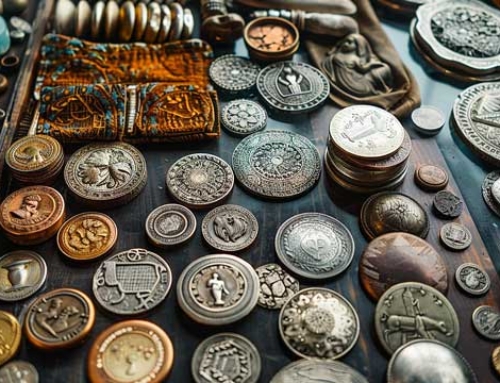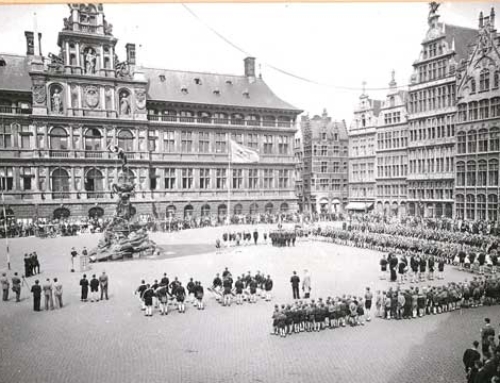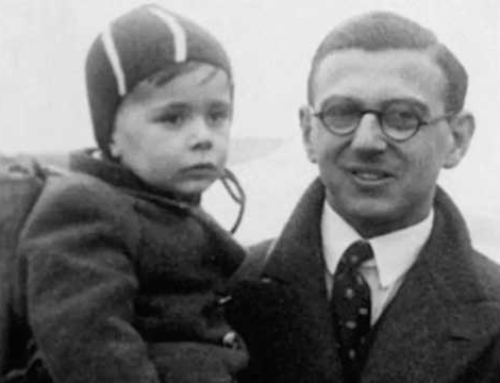The $40 million Princie Diamond isn’t the only big-ticket sparkler that has provoked legal battles and family upheaval. Over the centuries, important diamonds have been known to contribute to salacious scandals and the downfall of dynasties, even death. Here, eight diamond tales worthy of a Greek Tragedy.
The Hope Diamond
The Hope diamond is as famous for its exceptional size and color as it is for its scandalous 350-year history, which reads like a thriller.
The 45.52-carat saturated blue diamond (about the size of a walnut) changed hands on numerous occasions, was stolen several times, and disappeared for decades before it was eventually found, recut, and reshaped.
Throughout its history, it famously wreaked havoc on many of its unfortunate owners. Legend has it that a thief plucked the stone from the eye of a Hindu statue, a bad omen and, perhaps, the origin of its curse.
Owners included Marie Antoinette and Louis XIV (we know how that story ended), and the heiress Evalyn Walsh McLean, who, after purchasing the stone, lost several members of her family, including a son, who died at age nine, and a daughter at age 25.
After Walsh McLean’s death, her surviving children sold the stone to Harry Winston, who famously mailed it to the Smithsonian in Washington D.C. for $2.44 in postage.
Supposedly, the mailman who delivered the stone to the museum soon after had his leg crushed in a truck accident. Today, the cursed stone is safely ensconced in the Smithsonian, where it remains the museum’s most popular attraction, and where it can’t cause any harm.
Le Collier de la Reine
Marie Antoinette, already unpopular with the French people due to her excessive lifestyle, was an easy target. The conniving Comtesse de la Motte devised a scheme to further shame the queen by manipulating Cardinal de Rohan into buying an extravagant diamond necklace on the queen’s behalf, when actually it would be for herself.
The massive necklace was the property of jeweler Boehmer and Bassenge, who had made the piece for Louis XV to give to his mistress Madame du Barry, then the former died and the latter was banished from court. The jewelers had then tried, several times, to sell the necklace to Marie Antoinette, but she had refused.
La Motte pretended to be the queen in her correspondence with the cardinal, and instructed him to purchase the necklace. Eventually her plot was revealed, but not before she took apart some 28,000 diamonds from the necklace and sold them on the black market.
La Motte was sent to a prostitutes’ prison. Even though the queen was innocent in all of this, the scandal only added to the disdain for her lavish lifestyle and immoral social circle. Many believe the necklace incident hastened her demise.
The Blue Diamond Affair
In 1989, a Thai gardener working in the household of a Saudi Arabian prince made off with 200 pounds of jewels while his employers were away on holiday. Included in the loot, which he stashed in a vacuum cleaner bag, was a 50-carat blue diamond.
He fled to Thailand with the jewels but, given the high profile nature of his crime, found it difficult to sell his wares. Instead he sold each piece individually at a hefty discount.
The Saudis alerted Thai authorities, who captured the gardener and managed to retrieve the jewels he had already sold to a jeweler named Santhi Sithanakan. Police Lieutenant-General Chalor Kerdthest himself flew to Saudi Arabia with the recovered treasures to personally return them to the prince.
Things only got worse, the Saudis realized most of the returned jewelry was fake, and the pièce de résistance, the 50-carat blue diamond, was missing. They sent a delegate to Bangkok to investigate the matter, then that delegate disappeared, and the Saudi consul and two other officials of the Saudi Arabia embassy in Bangkok were shot dead.
The Saudis believed Thai police had switched the real gems for fake ones—a suspicion that was basically confirmed when wives of Thai officials were seen at events wearing jewels looking very similar to the ones that belonged to the prince.
(to be continued)







